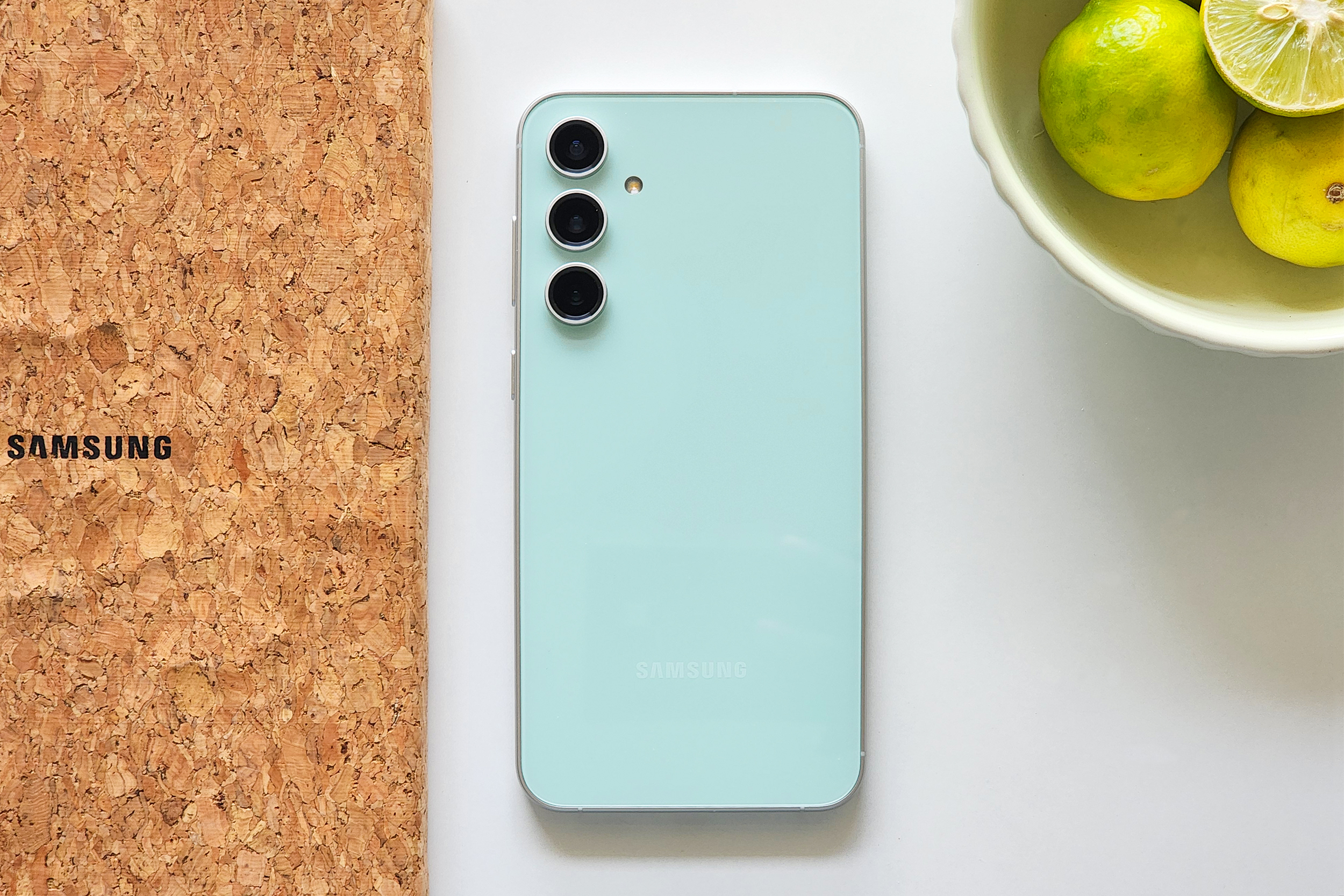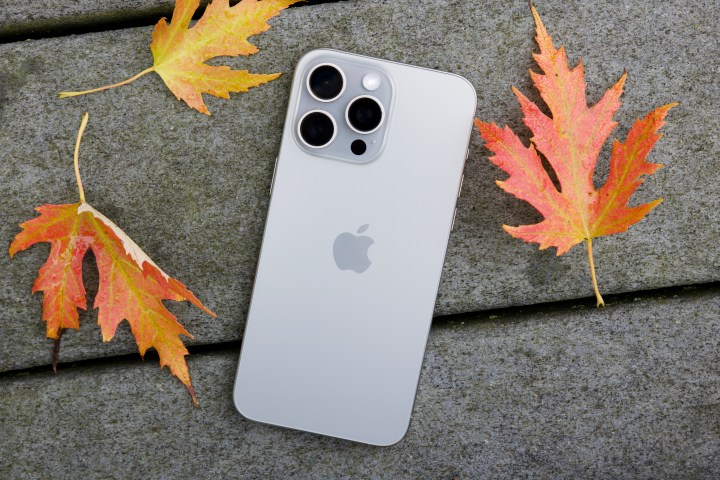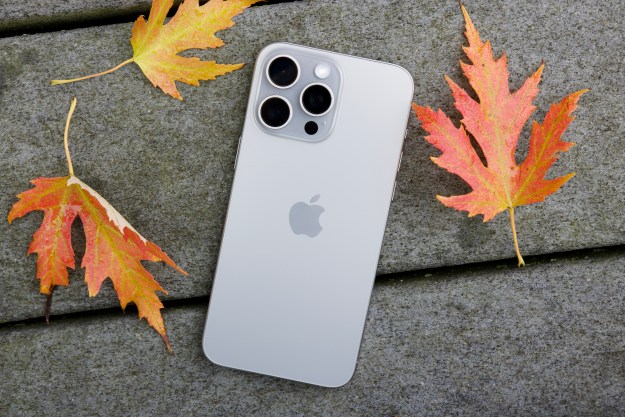
“Do I need all that?” That’s the question on the mind of shoppers before they splurge a now-standard $1,000 asking price for a top-tier phone in 2024. Ideally, that dilemma should be there. The likes of Samsung Galaxy S24 Ultra and Apple’s iPhone 15 Pro Max have won laurels for a handful of standout features they offer. But you might not need those standout features at all.
I’ve been on that road, and more frequently than I have the temerity to admit. For some reason, regret comes as part of the $1,200 flagship parcel. That’s unless your phone is a part of your creative or work process, or you just don’t care and only want the latest and greatest for the vanity of it. A segment like that certainly exists, but that affluent user base doesn’t dictate the journey of a product.
Thankfully, the seemingly non-fashionable trend of revisiting the parts bin exists. Even the likes of Samsung and Apple are not afraid to dig in from time to time. The OnePlus 12R, Samsung’s Fan Edition smartphones, and as far back as the cutesy iPhone 5C from 2013.
Despite being a fundamental recycling of silicon, glass, and metal, the results are refreshingly satisfying and value-centric. I would even go as far as preaching that these phones are truly worth digging into rather than getting washed away by the hype train of a few new tricks on a far pricier textbook “latest generation phone.”
The price/perk parity

The best example that I can muster right now is the OnePlus 12R. This $500 phone offers niceties that are absent on phones that cost more than twice its sticker price. In fact, the combination of features on offer is next to unbelievable. It delivers a massive 5,500mAh battery with a market-leading 100W fast charging. Hardly any other brands on U.S. soil can even breach halfway through that benchmark.
You get a 120Hz AMOLED screen with a peak brightness of 4,500 nits (when really pushed) and protected by Corning’s Gorilla Glass Victus 2. Then there’s Qualcomm’s yesteryear Snapdragon 8 Gen 2 chip, paired with up to 16GB RAM and an optically-stabilized 50-megapixel imaging sensor. From my own brief playtime with the phone, it feels premium, too.
Then we have a disruptor like the Nothing Phone 2. Save for the silicon inside and the charging tech, it even surpasses the OnePlus 12R. You get a stunningly-designed phone that serves a 120Hz OLED screen, Qualcomm’s Snapdragon 8+ Gen 1 chip, a generous memory configuration, a pair of 50-megapixel cameras, 45W fast charging, and an assurance of long-term software support.

Moving slightly down the goodness ladder is Samsung, with its well-designed Galaxy S23 Fan Edition. This one combines the might of Qualcomm’s Snapdragon 8 Gen 1, married to the promise of four assured Android OS upgrades every year. “If you care about a good phone that takes appreciable pictures and will be by your side for the next couple of years, the
You get a trio of cameras that have a proven track record of reliable performance, a feature-rich take on
Neither of these phones stutters, nor will they leave you desperately fuming due to a lack of certain core features. Unless those core features happen to be the niceties that separate the Ultra and Pro Max phones out there from the rest, you really aren’t missing out on anything substantial. I have had a far more fulfilling experience with these value-first “sub-flagships” or “budget flagships” than I’ve had with top-tier phones — and that says something.
Is all that extra cash really worth it?

The smartphone industry discourse also tends to be skewed. We often talk about phones with their starting price at the front and center. While at it, we always discuss the U.S. market shenanigans. Take, for example, the iPhone 15 Pro Max — the go-to camera phone for ecosystem-tethered buyers. It starts at $1,200.
But for anyone hoping to get the best out of its video chops, such as LOG capture, the 512GB or 1TB variants are a no-brainer. These could cost you as much as $1,600 before taxes. Outside the U.S., well, I paid over $1,700 for the base 256GB version.
It’s hard to get that cash burn out of one’s mind when we’re talking about the experience delta here. Of course, it’s a mighty good phone. So is the Samsung Galaxy S24 Ultra. But are the cameras here really worth paying that kind of money — and more importantly, worth the price gulf — when a budget phone like the Google Pixel 7a or the
And when phones like the OnePlus 12R come into the picture, flaunting practically meaningful capabilities such as larger batteries with 100W fast charging, you really start to question the whole point of spending a fortune on these uber-tier flagships. I’ve been pushing phones across all price brackets for over seven years.
The parts bin formula just works

The most realistic lesson I’ve learned over the years is that one should only spend an amount that gives enough quantity for a phone. Paying for bragging rights and non-functional benefits makes little sense. Yes, there is a certain joy in seeing the
But not pushing the device to its true potential (or even half of it) is a surefire recipe for buyer’s remorse. One can argue that not everyone has the avenues for pushing a phone’s camera or making its processor sweat out. They only want a reliable phone that won’t give up on them. Well, the OnePlus 12R is a reliable phone. So is the
A reliable phone doesn’t have to be a $1,200 iPhone or a $1,300 Ultra beast. It can be a mix of new and older generation parts. With the likes of the OnePlus 12R, you are getting a new phone for nearly half the price of a yesteryear flagship in a used or refurbished state. It’s a win-win strategy, with barely any practical regrets for what you’re paying.
For an average
Editors' Recommendations
- Nomad’s new iPhone case and Apple Watch band may be its coolest yet
- Why you should buy the iPhone 15 Pro instead of the iPhone 15 Pro Max
- A surprise phone just beat the Galaxy S24 Ultra in a big way
- 5 phones you should buy instead of the Samsung Galaxy S24
- Have a Samsung Galaxy S23? Don’t update your phone to One UI 6.1




